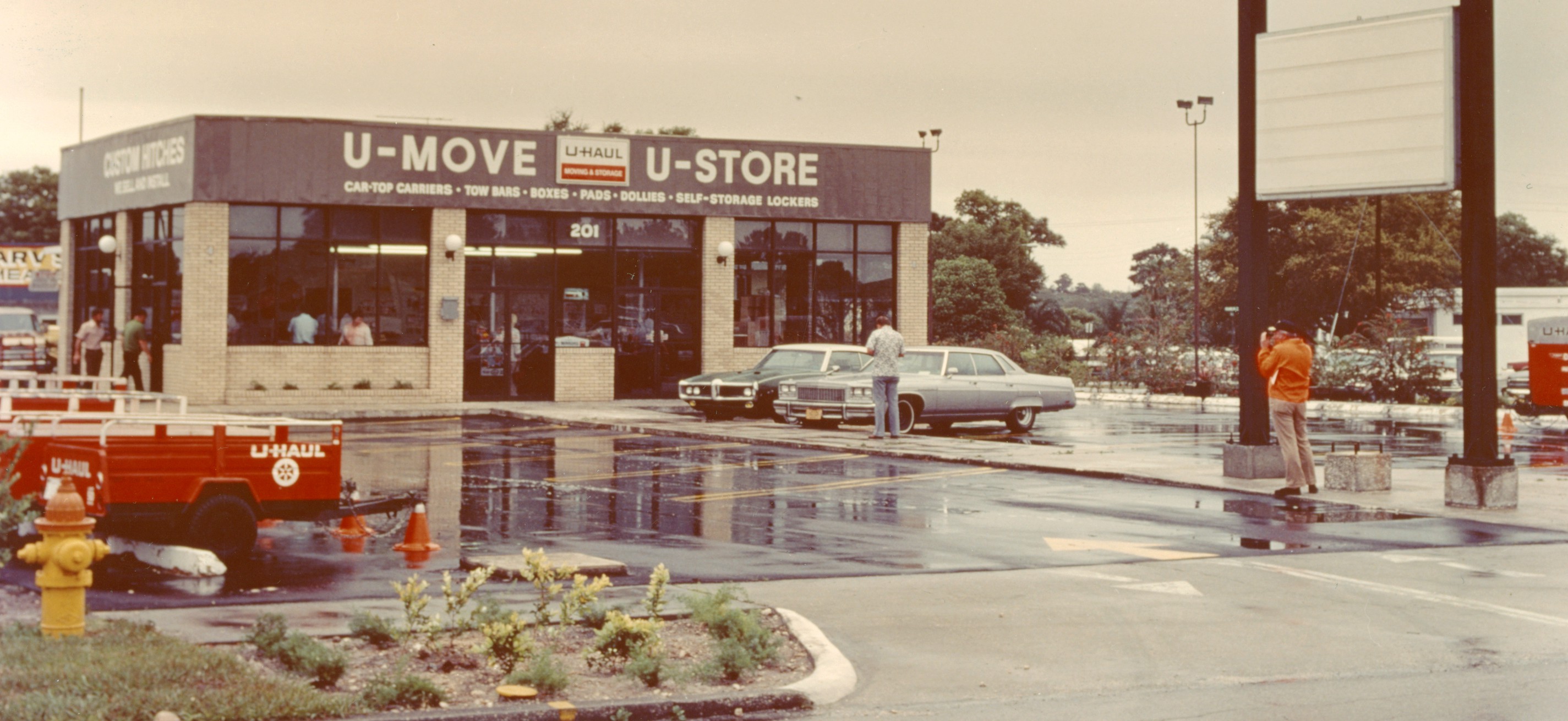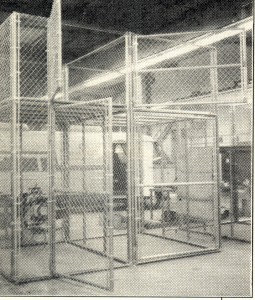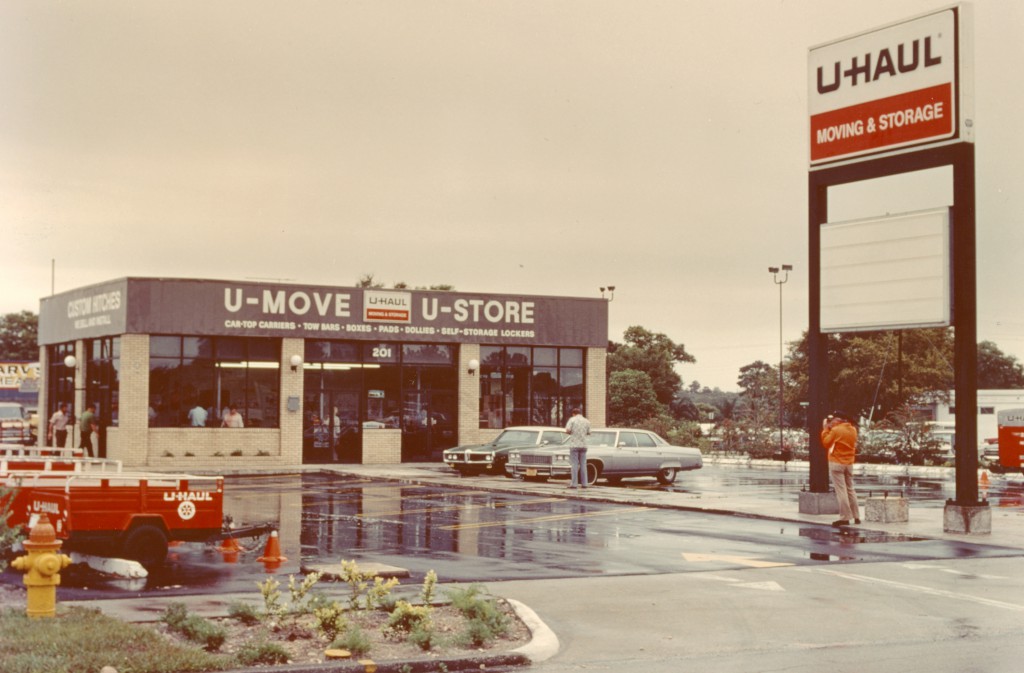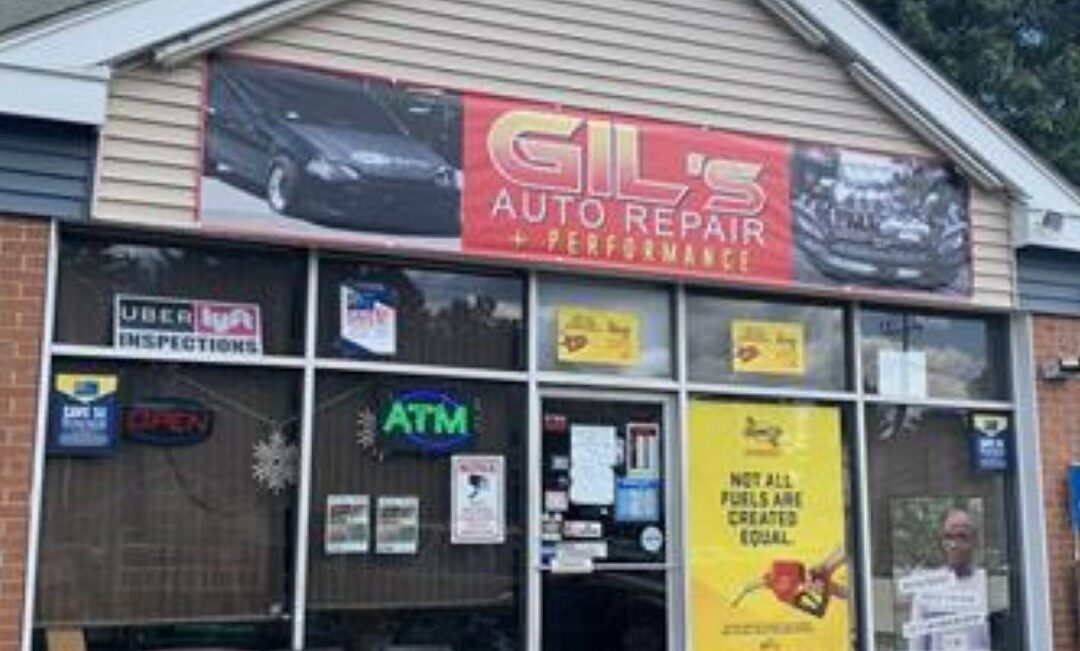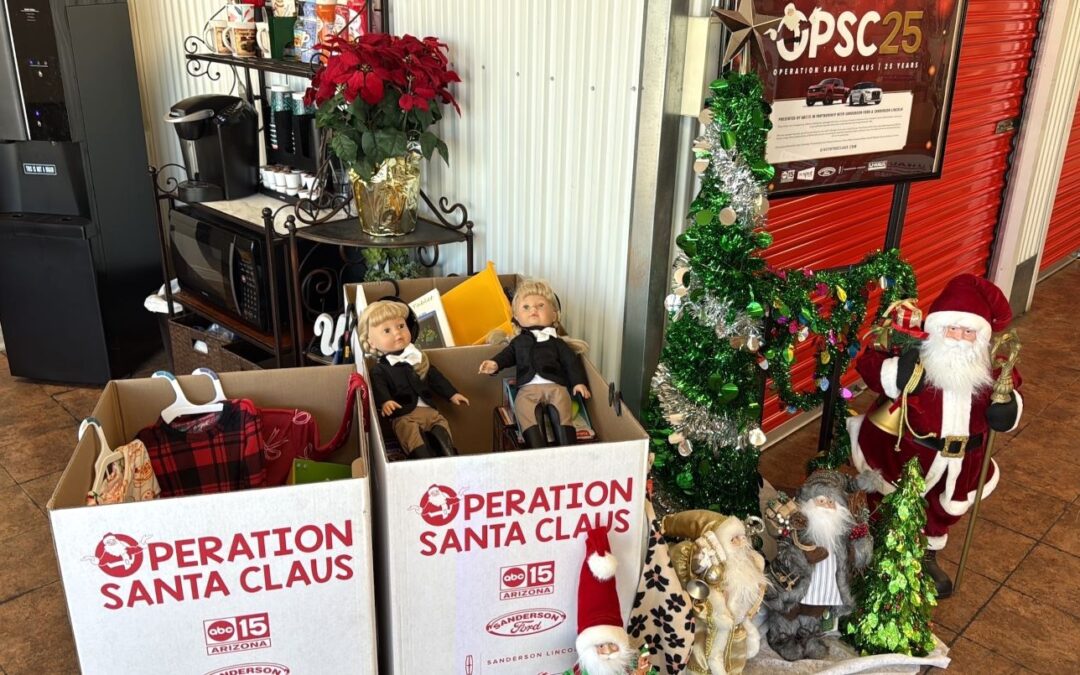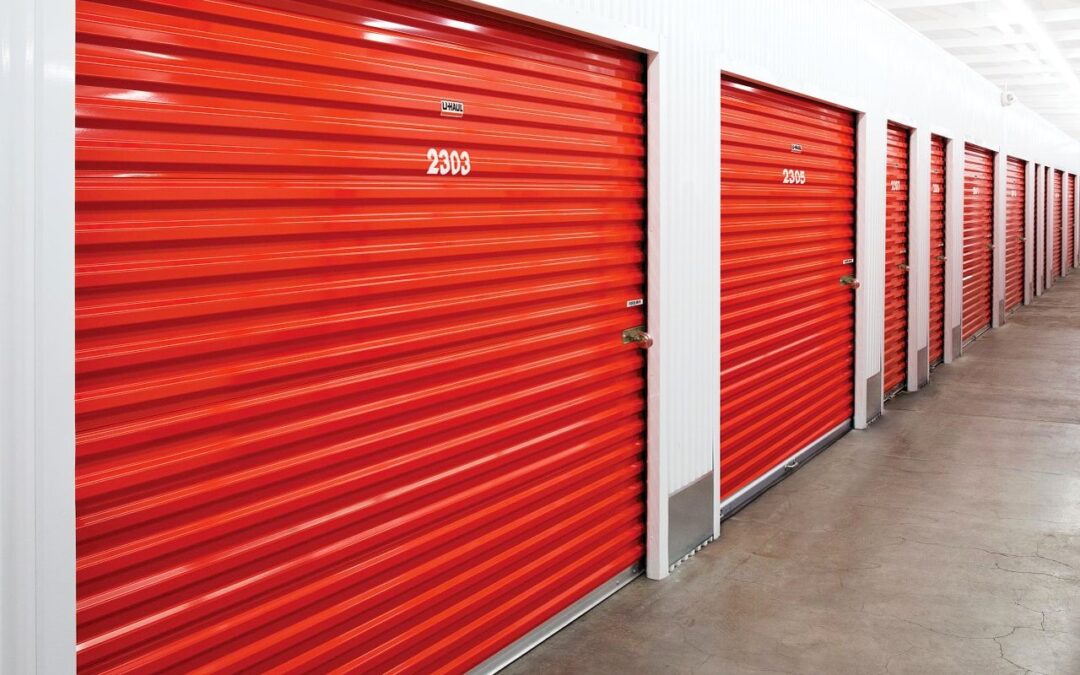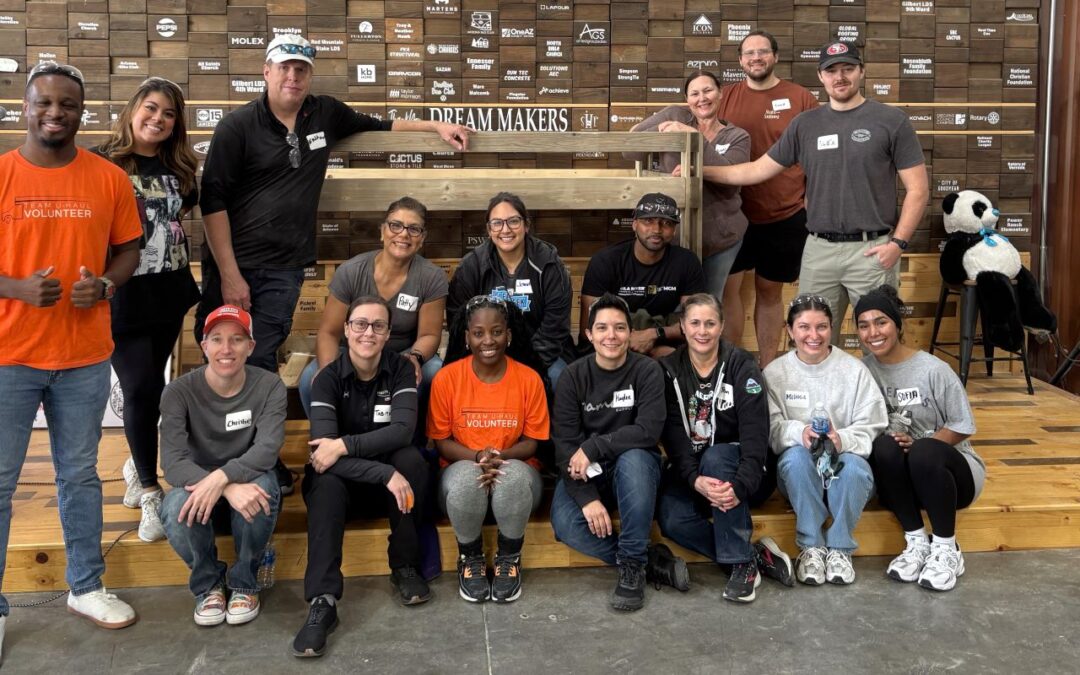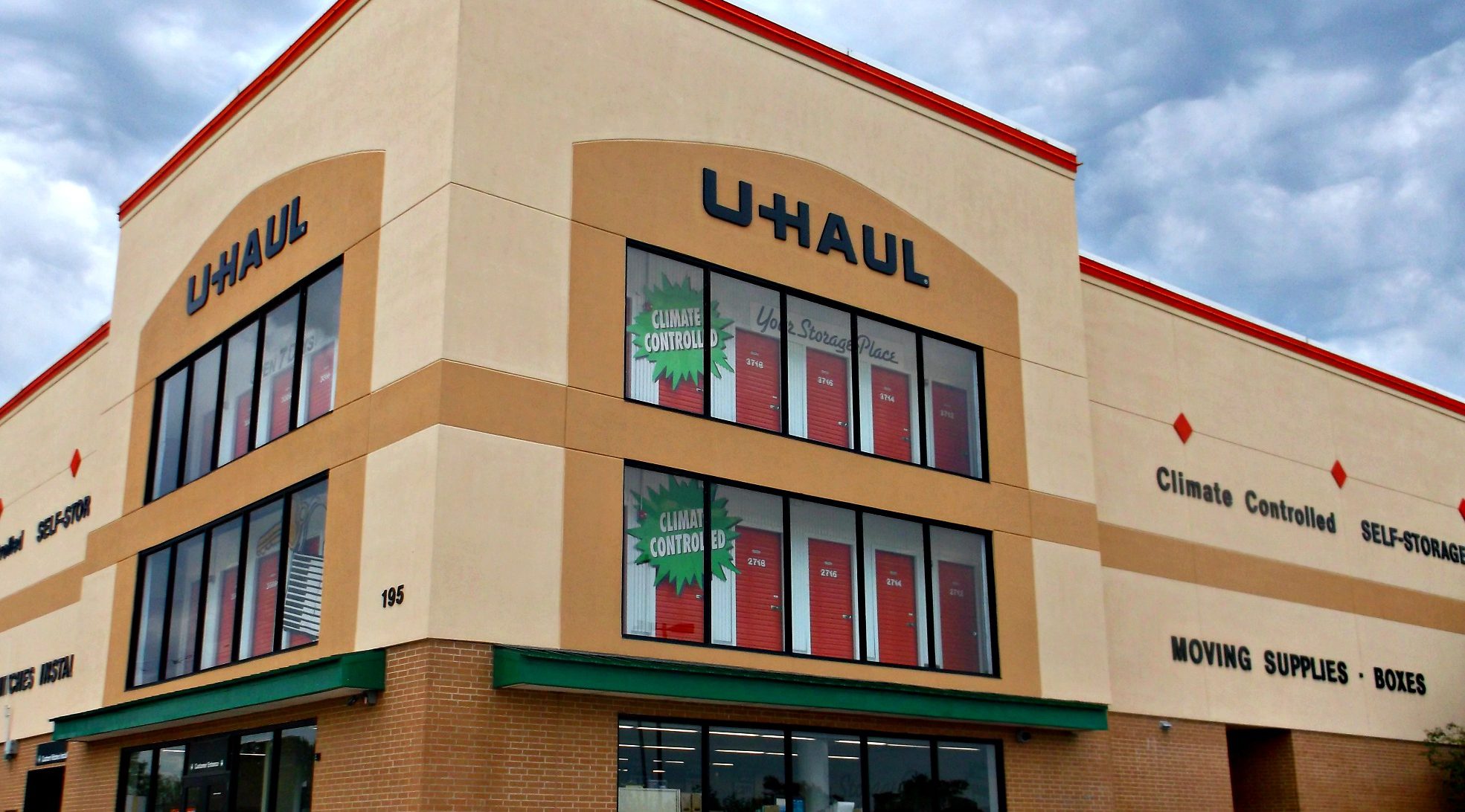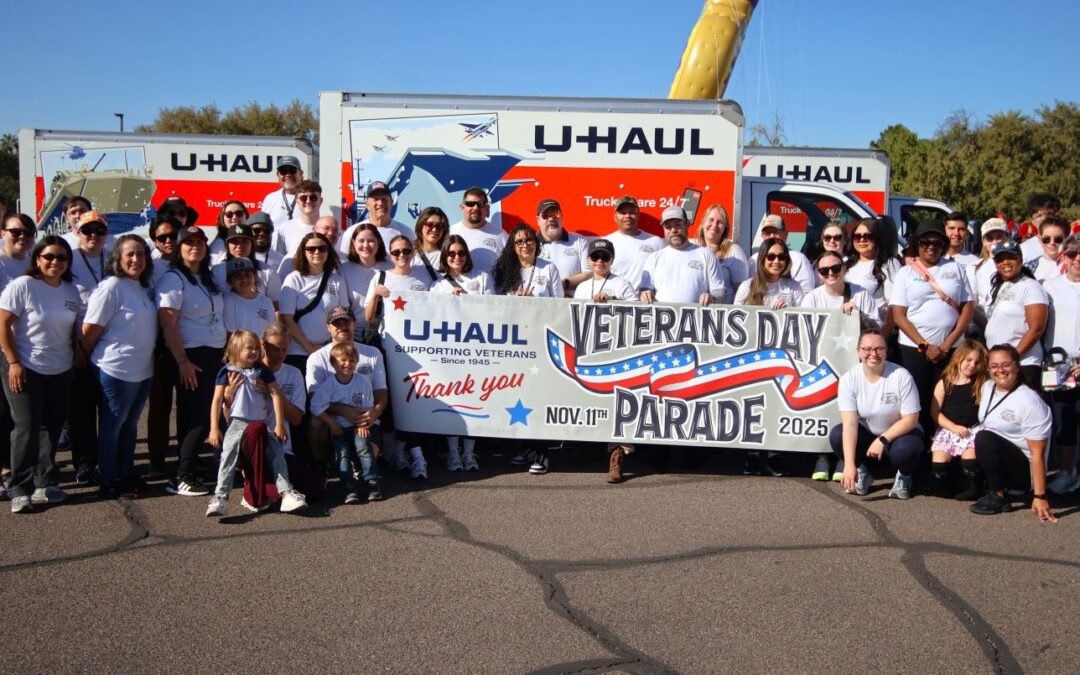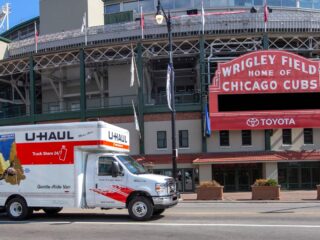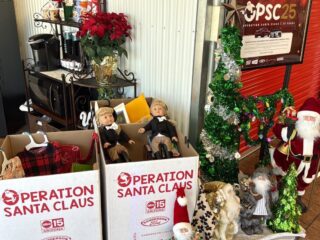In 1974, U-Haul entered the self-storage industry to meet the changing business environment and the needs of our customers. Early self-storage units consisted of chain-link containers placed inside existing U-Haul facilities.
By 1976, U-Haul expanded its presence in the self-storage business with the Self-Store Program, introducing modular-type U-Store lockers, dubbed “Safford Lockers” after designer Tom Safford. Ranging in size from 4’ x 4’ x 4’ to 4’ x 8’ x 8’, these lockers were set up inside large single-story structures, sometimes multistory buildings, as opposed to the then more conventional outside storage units.
A year later, U-Haul made the financial commitment to become a leader in the growing self-storage business and to move “with all possible dispatch” through the purchase of existing buildings and construction of new ones.
The purchase and renovation of existing facilities in the late 1970s allowed U-Haul to expand rapidly into the self-storage market while still meeting our sustainability initiatives. Examples of such facilities are the Bayshore U-Haul Center in San Francisco (a converted Planter’s Peanut factory); LBJ U-Haul Center in Garland, Texas (a converted appliance warehouse); Central Tampa (Fla.) U-Haul Center (a converted cigar factory); Clark Avenue U-Haul Center in Cleveland, Ohio (a converted brewery); Lincoln Park U-Haul Center in Chicago North (a converted book bindery); Medford U-Haul Center in Somerville, Mass. (a converted mattress factory); and Chelsea U-Haul Center in New York City (a converted limousine/ taxi company and parking garage).
By 1985, U-Haul had more than 114,000 storage rooms and more than 10 million sq. ft. at 630 U-Move/ U-Store locations. That number has only continued to grow, and today, U-Haul is one of the biggest leaders in the self-storage industry.
Self-storage has come a long way in the past 40 plus years. Did you ever store your belongings in a chain-link container? Let us know in the comment section below.


